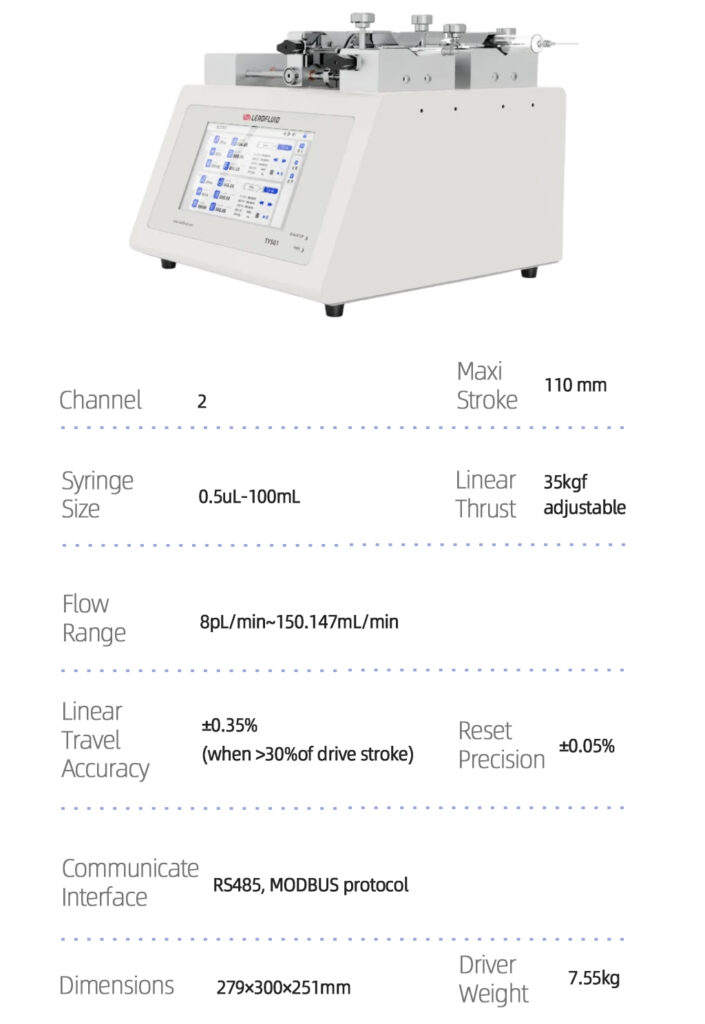Organoids
Can you imagine? In laboratories, researchers can “grow” a mini liver the size of a grain of rice that secretes bile and metabolizes drugs; or even construct miniature brain-like tissues where neurons generate electrical activity, partially simulating local brain region functions.
These remarkable “mini-organs” have a common name – organoids (Organoids). They are three-dimensional miniature “organs” cultured in vitro using stem cells with developmental potential, demonstrating high structural similarity to real organs at the tissue level, possessing self-renewal and self-organization capabilities, and able to partially replicate organ functions. Therefore, they are widely used in disease research, drug screening, and exploration of personalized medicine.
Microfluidic Dynamic Culture

Compared to static culture, microfluidic-based dynamic culture can provide controlled flow rates and shear stress, partially simulating in vivo circulation, more uniformly delivering nutrients/oxygen and removing metabolic waste, reducing central hypoxia and necrosis, extending culture duration, while improving consistency and reproducibility of drug exposure.
However, if shear stress is too high or fluctuates excessively, it may alter organoid morphology and gene expression, or even cause damage. Therefore, maintaining stable and controllable fluid supply during the culture process is particularly crucial.
Application of TYS01-02 Dual-Speed Syringe Pump in Organoid Culture
To meet the demands of dynamic organoid culture, the Leifu TYS01-02 Dual-Speed Syringe Pump provides three core functions:
01 Dual Execution Units Supporting Different Syringe Specifications
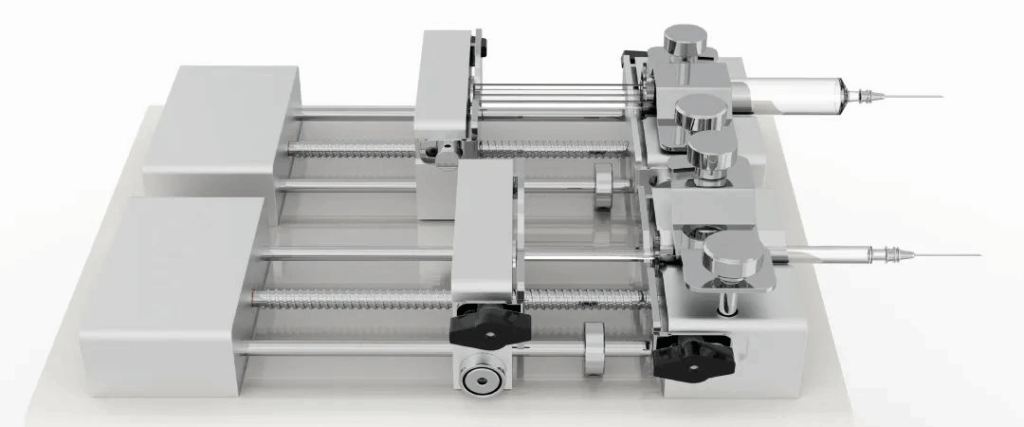
Two independent pushers, equivalent to combining two syringe pumps into one unit, support various syringe specifications from 0.5μL to 100mL, covering a flow rate range of 8pL/min to 150mL/min. Researchers can flexibly combine different syringe sizes on a single device to meet various flow ratio and pathway requirements.
02 Dual-Channel Synchronized Start/Stop
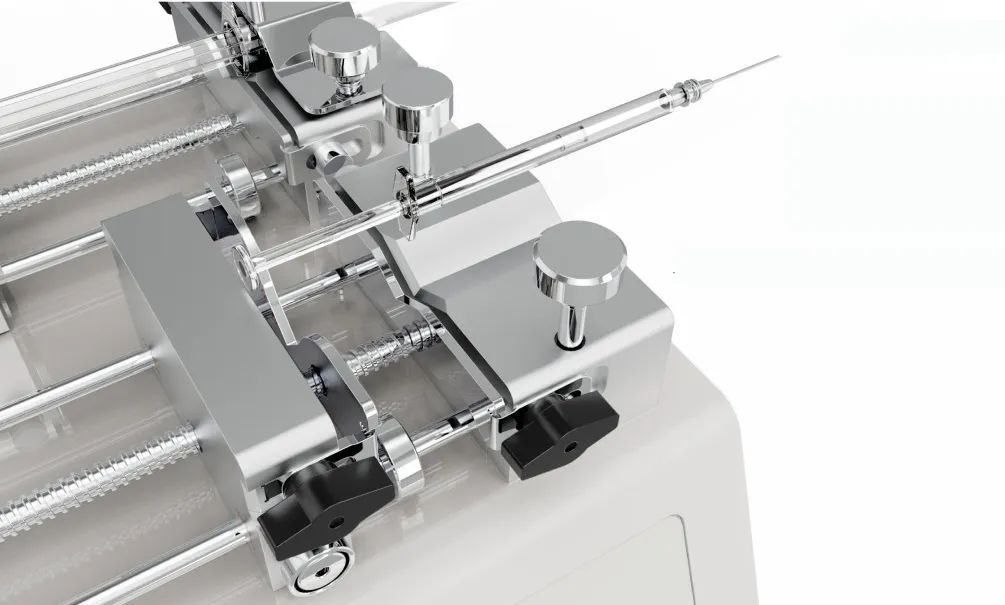
In synchronization mode, even cross-specification syringes can achieve synchronized start/stop, and the master/slave channels can be flexibly configured, effectively avoiding fluid delivery fluctuations and maintaining the stability and consistency of the culture environment.
03 Temperature Control Module Support
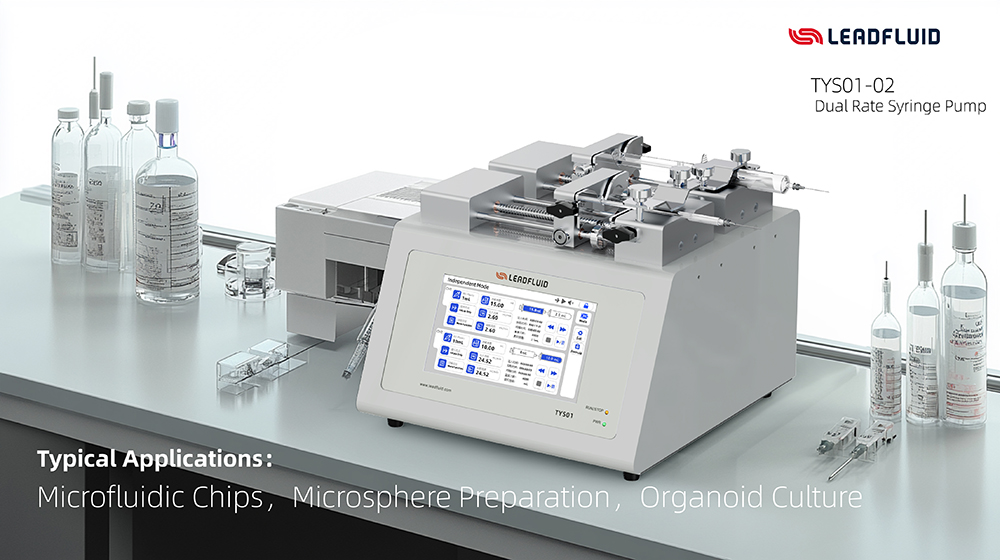
Optional temperature control maintains fluids at near-culture temperatures, making it more suitable for long-term organoid growth.
More Highlight Features
01 Three Major Operating Modes
- Independent Mode: Dual tasks operate in parallel with independent settings for flow rate, volume, and interval time.
- Synchronization Mode: Enables synchronized start/stop even with cross-specification syringes.
- Programming Mode: Supports multi-stage processes and nested loops, adaptable to complex experimental protocols.
02 High-Precision Control
Stroke control accuracy ±0.35%, reset accuracy ±0.05%, helps maintain stable fluid supply at low flow rates.
03 Operational Convenience and Compatibility
- Single-handed syringe fixation saves operation time.
- 7-inch touchscreen + intuitive UI for clear parameter visualization and quickoperation.
04 Experiment Traceability
Logs time, parameters, and operations with export capability, facilitating experiment replication and optimization.
Compared to multiple single-pump setups, the TYS01-02 reduces parameter drift and operational burden while balancing stability, flexibility, and traceability – particularly suitable for: Low-shear long-term cultures and Complex rhythmic drug administration experiments
Who Is This System Best Suited For?
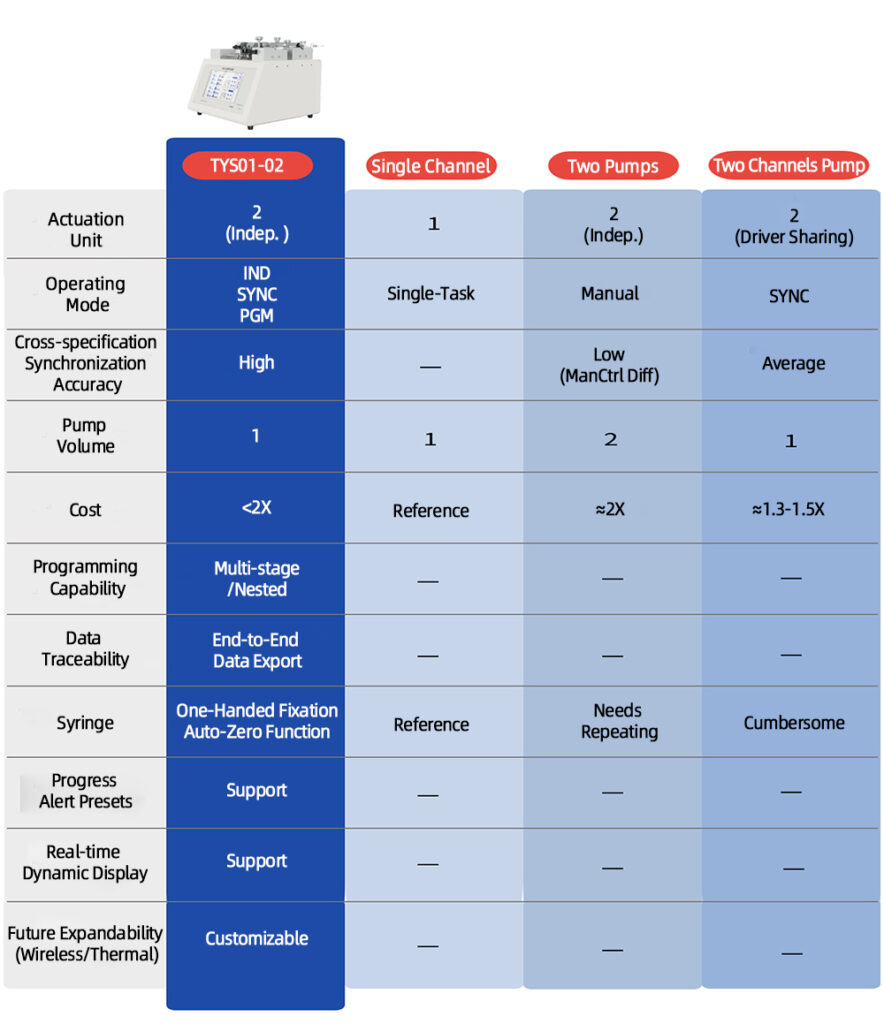
Organoid research is advancing biomedicine into a new era, where dynamic culture systems and precise fluid control serve as critical enabling technologies. Within limited experimental resources, improving culture environment stability and experimental reproducibility has become a key research focus in recent years.
The Lead Fluid TYS01-02 Dual-Speed Syringe Pump creates new possibilities for organoid and other cutting-edge research.
Exploring scientific unknowns begins with precision at every step.

